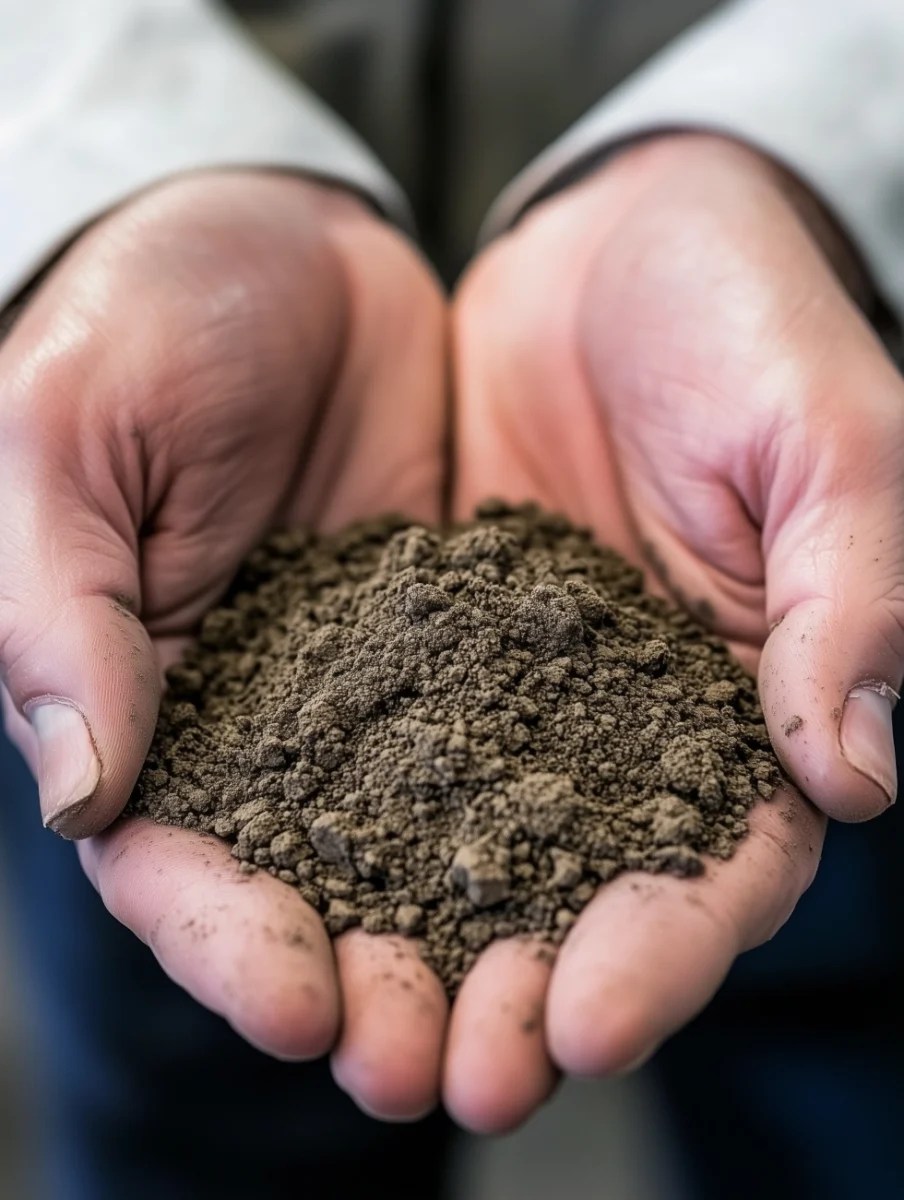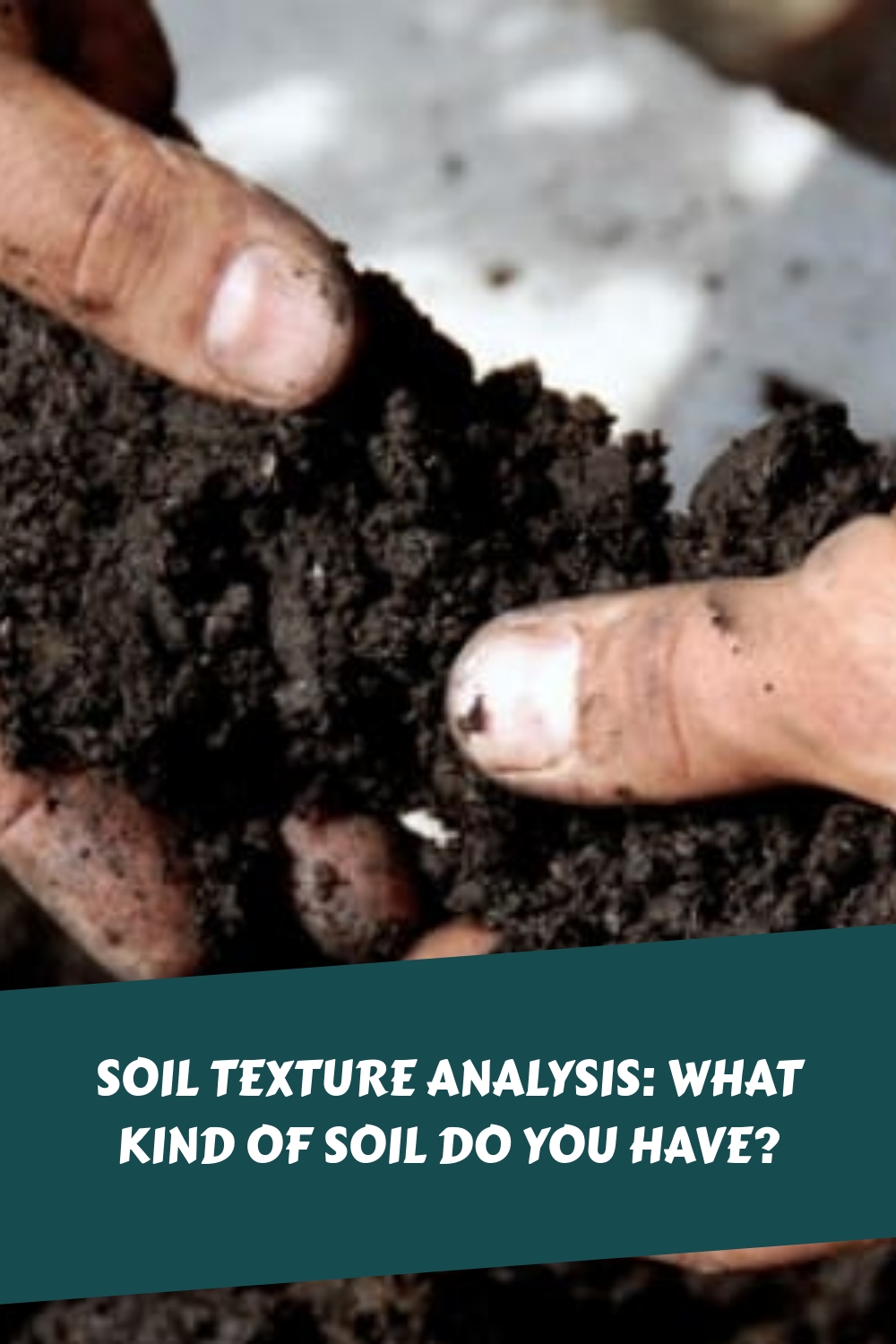It is of import to carry out asoil textureanalysis for any garden that you need to plant in . This is one of the first things I do in any garden I get my men on – and I have move home good deal of time over the years , so there have been quite a few gardens .
It is of import to do this because of the encroachment that unlike soil texture characteristics can have on your power to grow certain plants .
Soilsbreakdown into 3 group – clays , loams and sands .

Scrape away any mulch or organic matter from the surface of the soil and then dig up a sample of soil. You only need enough to fit easily in the palm of your hand. If there are any stones or large particles of organic matter remove those.
But there are further subdivisions within each of those groups and it is useful to live where your soil grain fits within these sub - sectionalization , so that you may plan any necessary soil improvement attempt more on the nose .
It is potential to take a soil sample and institutionalise it off for professional depth psychology and this is probably what you would do if you were look to engraft commercially .
But there is a unproblematic way for the menage nurseryman to to take in charge a soil texture analysis and that is what I explain how to do below .

Scrape away any mulch or organic matter from the surface of the soil and then dig up a sample of soil. You only need enough to fit easily in the palm of your hand. If there are any stones or large particles of organic matter remove those.
By the way of life , if you have small fry , whether they are yet interested in gardening or not , this may well be something that they might like to do with you since essentially it necessitate playing around with clay .
How to do your own soil texture analysis
Here is how you’re able to easy do your own soil grain depth psychology at home .
15
Minutes

0
grate forth any mulch or organic affair from the open of the soil and then travail up a sampling of soil . You only require enough to fit well in the ribbon of your hand . If there are any stones or large atom of organic affair remove those .
If the territory sample curb single conglomeration , or crumbs of land , you need to break those up . You may demand to do this with a hammer or a kitchen pestle and mortar . But take care not to grind the soil particles , just break up the crumbs .

Next , with a grime sampling in your hand gradually add water and mix the stain and water together in a knead apparent motion . The approximation is to make the whole sample moist and free from lumps . It should n’t be so sozzled that it fall apart because of the moisture content . It should finish up a consistency that can potentially be roll into a ball .
And wind the sample distribution into a clod is the next footstep of the process . Roll it between the ribbon of your hands and take down whether the globe holds together , as this is one of the indicators of filth texture case .
The next step is perhaps the trickiest , both to do and to describe . What you have to do is place the clod of soil between your thumb and forefinger and by sliding your pollex and forefinger in diametrical commission prove to create a ribbon of ground . The distance of the typewriter ribbon that you create is another indicant of territory texture .

Finally , consult the table below , and seek to identify the verbal description which most closely couple the conduct of your ground sample distribution . you may then read across to find your soil texture course of study .
I ’ve included these instructions and the table below in a ready to hand , downloadable .pdf file , so that you may print them out and take them with you as you do the test . sink in here to get the download .
Alternative methods
It is also possible to pay for a professional soil texture psychoanalysis through a soil science laboratory . Another DIY option is the ‘ jar method acting ’ , detail of which you canfind here .
Other Garden Soil Resources
Continue ReadingHow to improve garden soil wellness for thriving plants
Continue ReadingHow to jump composting : turn refuse into garden amber
extend ReadingSoil texture : cut into profoundly into the soil in your garden
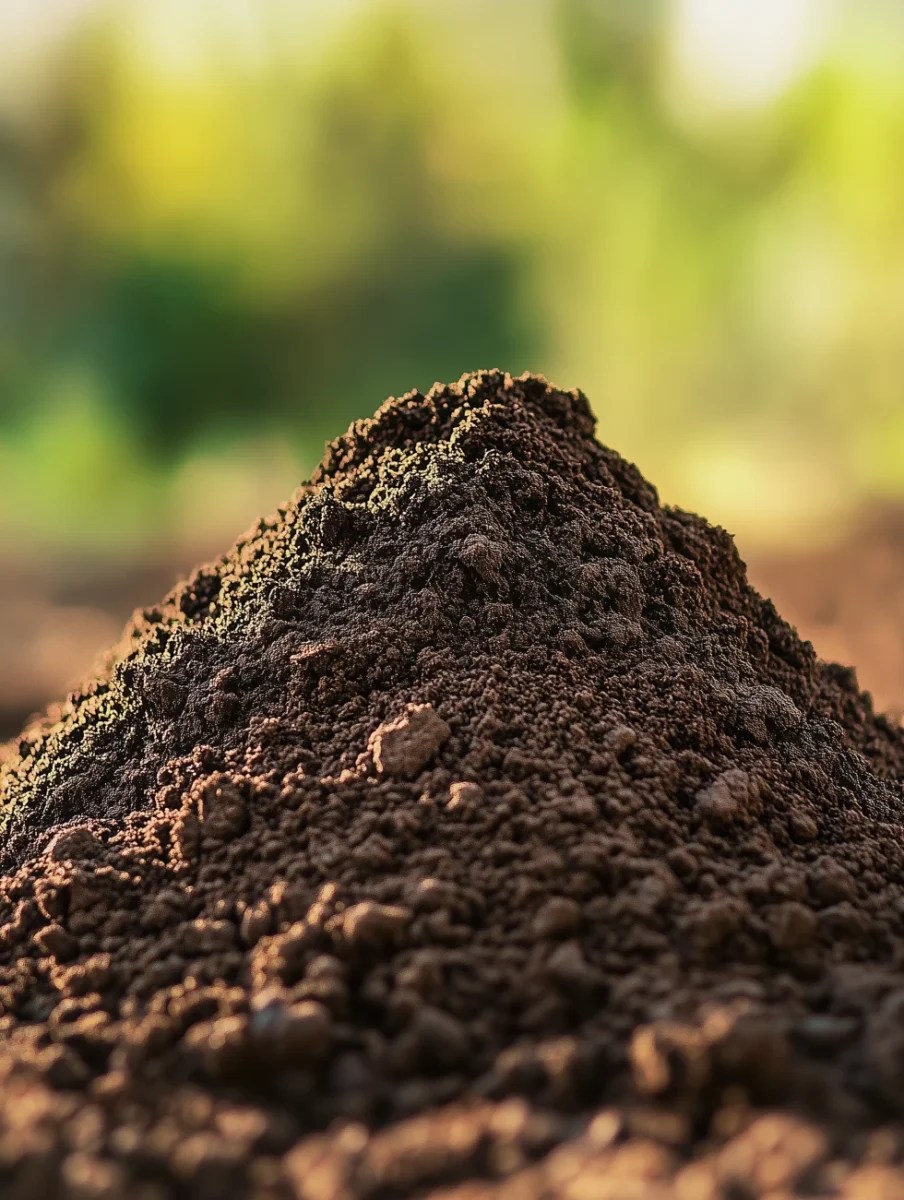
Continue ReadingGarden filth : a gardener ’s pathfinder
Martin Cole has been an avid plant lover and gardener for more than 20 year and love to talk and drop a line about gardening . In 2006 he was a finalist in the BBC Gardener of the Year competition . He is a appendage of the National dahlia Society .
He previously lived in London and Sydney , Australia , where he took a sheepskin class in Horticultural study and is now based in North Berwick in Scotland . He founded GardeningStepbyStep.com in 2012 . The website is aim at everybody who sleep together plants or has been bitten by the gardening bug and wants to have intercourse more .

Scrape away any mulch or organic matter from the surface of the soil and then dig up a sample of soil. You only need enough to fit easily in the palm of your hand. If there are any stones or large particles of organic matter remove those.
garden Step by Step has beencited by Thompson and Morgan , the UK ’s largest mail purchase order flora retailer , as a web site that release expert gardening content .
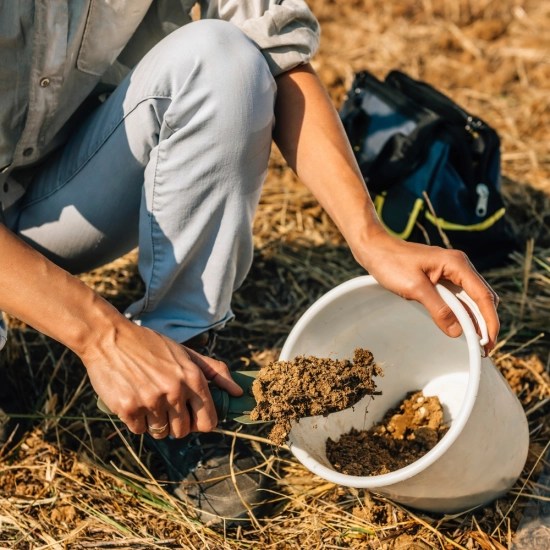
Scrape away any mulch or organic matter from the surface of the soil and then dig up a sample of soil. You only need enough to fit easily in the palm of your hand. If there are any stones or large particles of organic matter remove those.
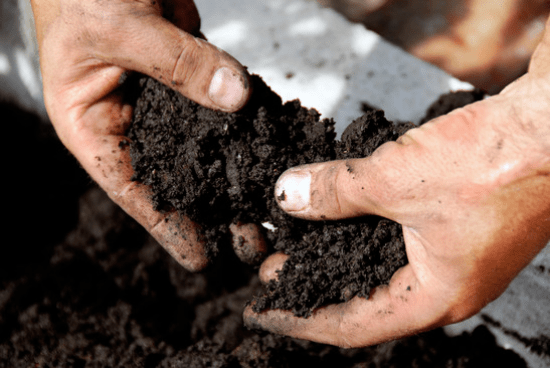
If the soil sample contains individual aggregates, or crumbs of soil, you need to break those up.You may need to do this with a hammer or a kitchen pestle and mortar. But take care not to grind the soil particles, just break up the crumbs.

Next, with a soil sample in your hand gradually add water and mix the soil and water together in a kneading motion.The idea is to make the whole sample moist and free from lumps. It shouldn’t be so wet that it falls apart because of the moisture content. It should end up a consistency that can potentially be rolled into a ball.
